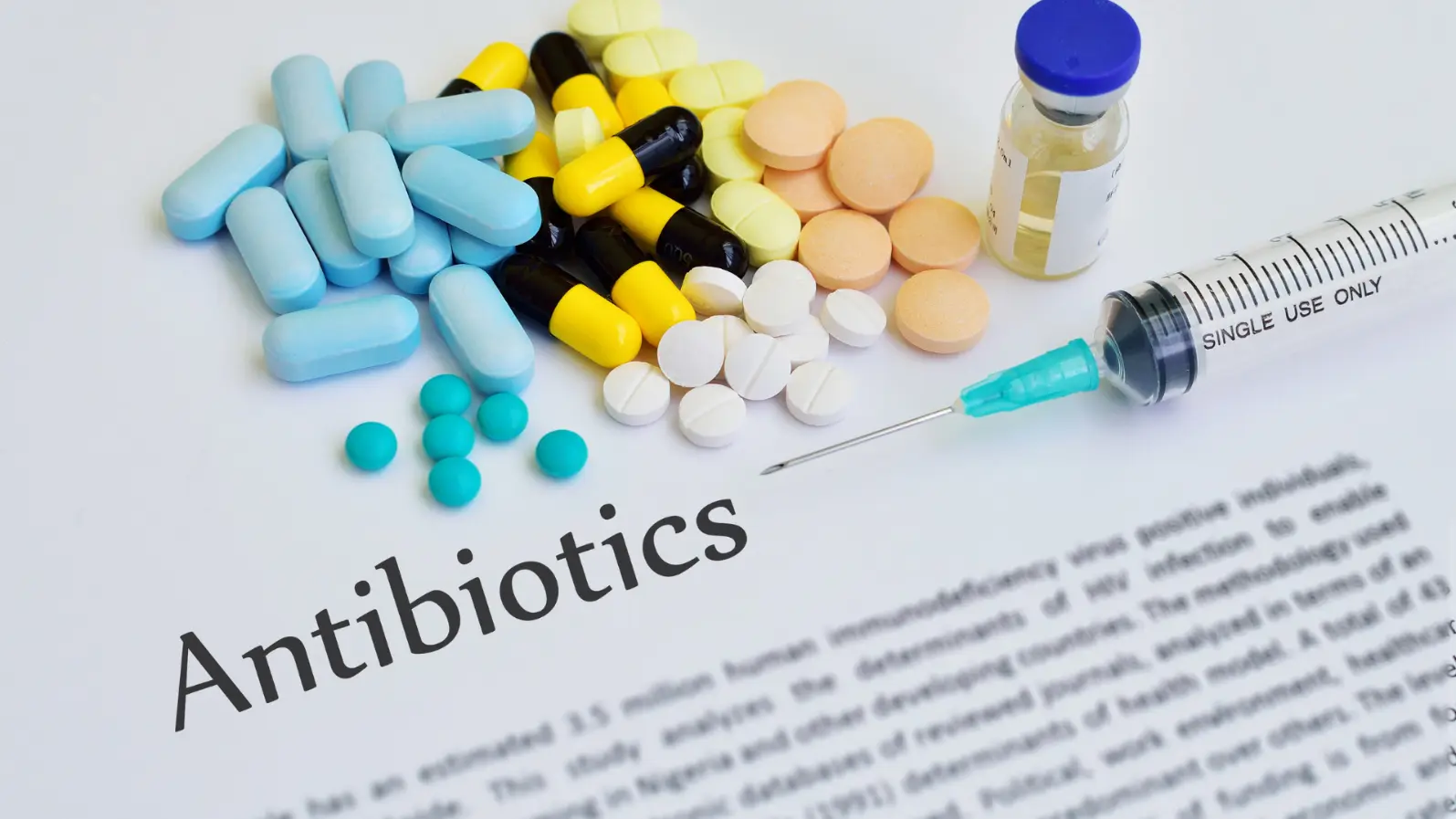
Rethinking Antibiotics Before the Dentist: The American Heart Association’s Latest Take on Endocarditis Prevention
A Major Update on a Long‐Standing Debate
For decades, many patients with heart conditions were told to take antibiotics before dental procedures a practice meant to prevent a rare but serious infection called infective endocarditis (IE). However, in 2007 the American Heart Association (AHA) dramatically reduced the number of people advised to do this, limiting recommendations to only those at highest risk of severe complications.
Fourteen years later, experts wanted to know: did that change make a difference?
The AHA’s 2021 scientific statement, led by Dr. Walter R. Wilson and colleagues and published in Circulation, revisited the evidence and reaffirmed the 2007 approach emphasizing that good oral hygiene matters far more than preventive antibiotics for most people.
What Is Infective Endocarditis?
Infective endocarditis is an infection of the heart’s inner lining or valves, often caused by bacteria entering the bloodstream. One culprit is the viridans group streptococci (VGS), bacteria commonly found in the mouth.
For many years, doctors believed that routine dental procedures (like tooth extractions or cleanings) could trigger IE in people with certain heart conditions. To prevent this, millions of antibiotic doses were given before dental visits a practice known as antibiotic prophylaxis (AP).
The 2007 Shift: Less Is More
In 2007, the AHA reviewed the evidence and made a controversial move: antibiotics were no longer recommended for most patients. Only four groups were kept in the “highest‐risk” category:
People with prosthetic heart valves or valve repairs
Those with a history of endocarditis
Certain patients with congenital heart disease
Heart transplant recipients who develop valve problems
This change meant about 90% fewer people would receive antibiotics before dental work.
What the 2021 Review Found
To see if fewer antibiotics led to more infections, researchers reviewed studies from 2007–2020. The findings were reassuring:
No evidence of increased IE cases or deaths related to VGS since 2007
Awareness of the new guidelines was good, but compliance varied among dentists and doctors
Some countries that eliminated antibiotic prophylaxis entirely (like the UK in 2008) saw a small rise in IE cases but the causes were unclear and not necessarily due to VGS
In short, the AHA concluded: there’s no reason to revert to widespread antibiotic use.
Why Oral Health Still Reigns Supreme
Daily activities such as brushing or chewing cause more frequent (though harmless) bacteria to enter the bloodstream than a single dental procedure. That’s why maintaining healthy gums and teeth is the most powerful way to prevent endocarditis.
The 2021 statement underscores that patients at high risk should:
Keep regular dental appointments (ideally twice a year)
Maintain excellent oral hygiene
Engage in shared decision‐making with healthcare providers about antibiotic use
A Note on Antibiotic Stewardship
The AHA also warned about the dangers of overusing antibiotics, which can lead to resistance and rare but serious side effects. For instance, the drug clindamycin, once commonly prescribed for patients allergic to penicillin, is no longer recommended because of risks of severe C. difficile infection.
Final Takeaway
After reviewing over a decade of global evidence, the AHA stands firm:
Only those at highest risk of severe heart infection should receive antibiotics before dental procedures everyone else should focus on good oral care.
This evidence‐based, targeted approach helps prevent infection while reducing unnecessary antibiotic use a win for both heart health and public health.
Reference:
Wilson WR et al. Prevention of Viridans Group Streptococcal Infective Endocarditis: A Scientific Statement From the American Heart Association. Circulation. 2021;143:e963–e978.
DOI: 10.1161/CIR.0000000000000969